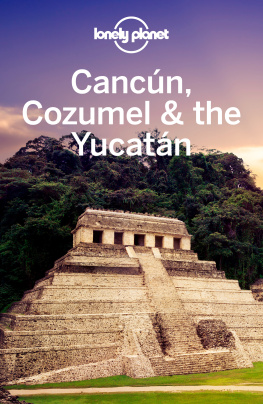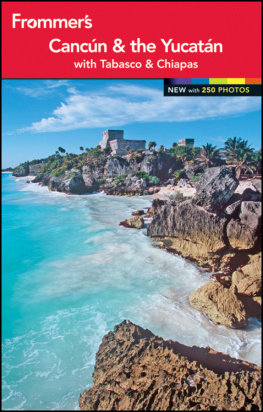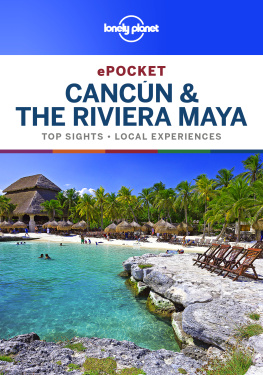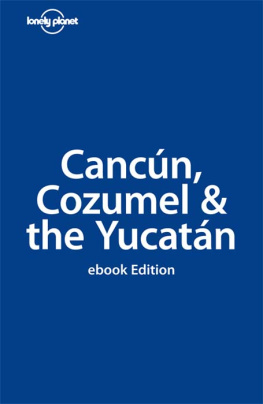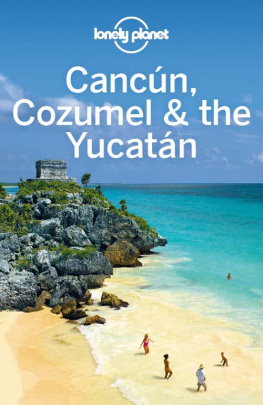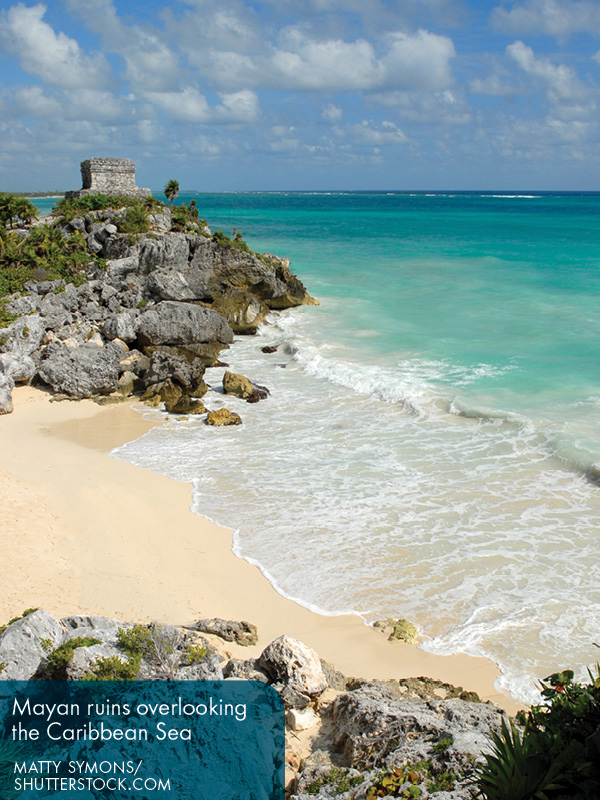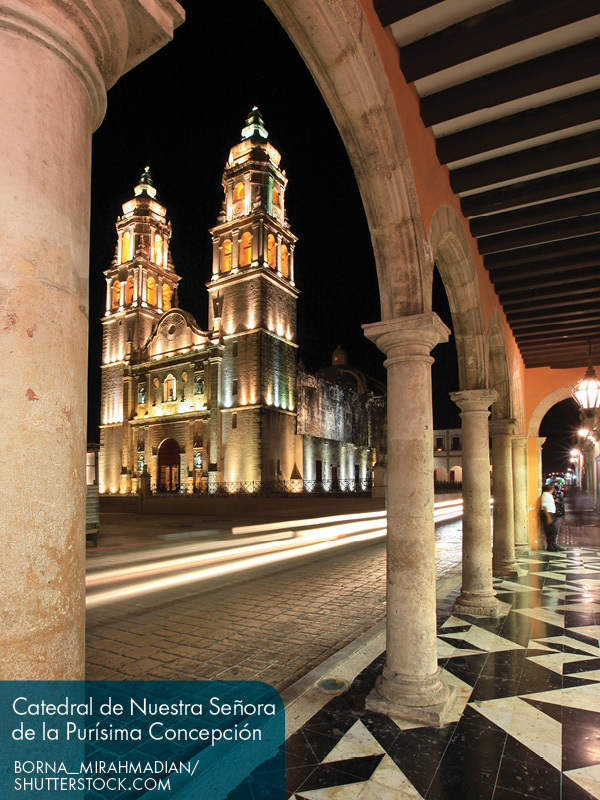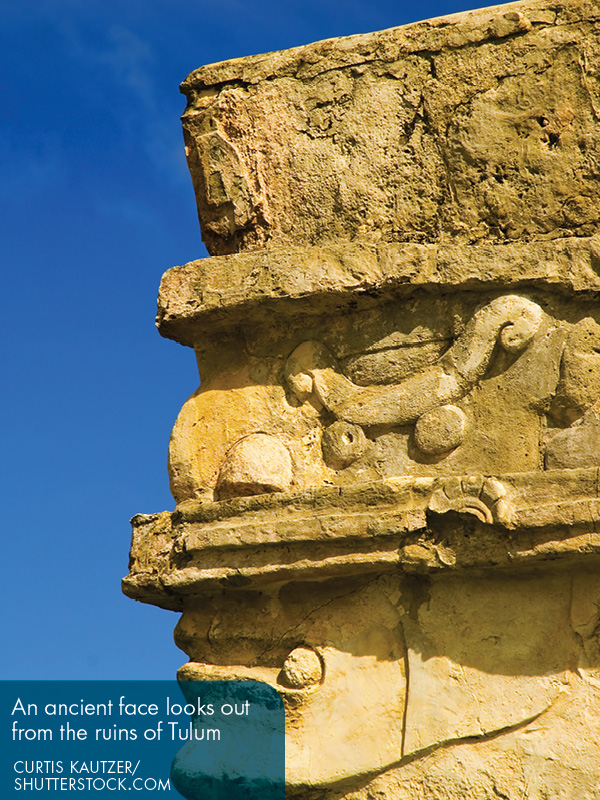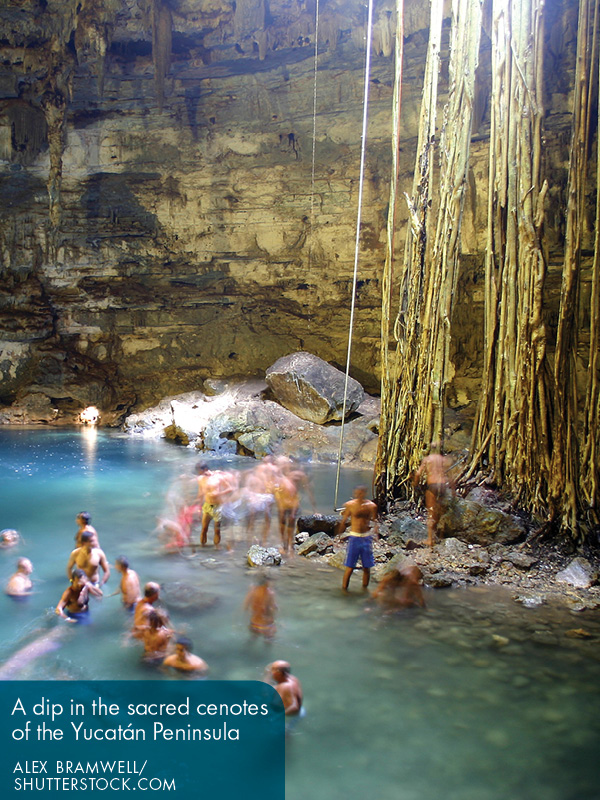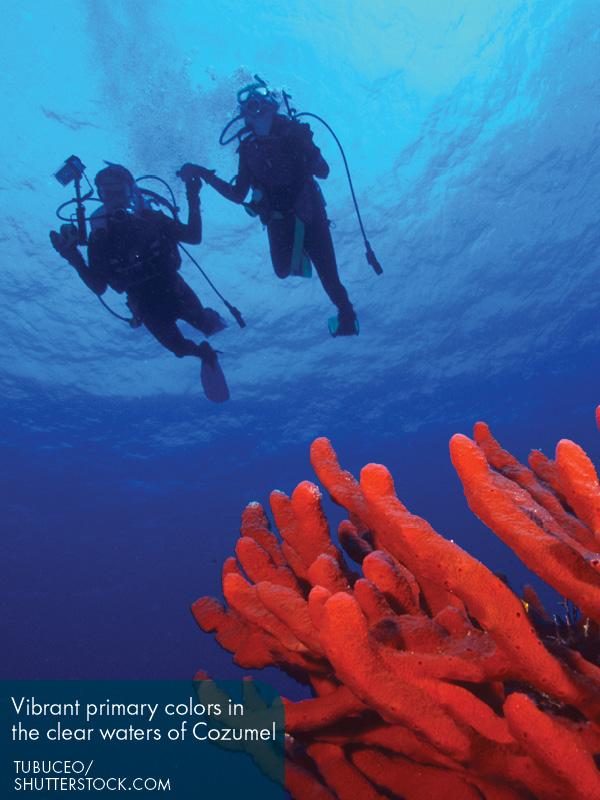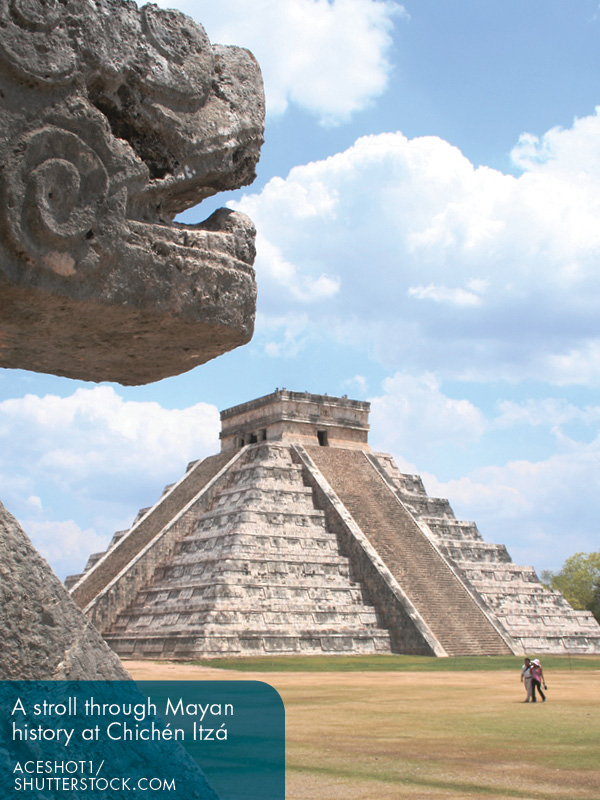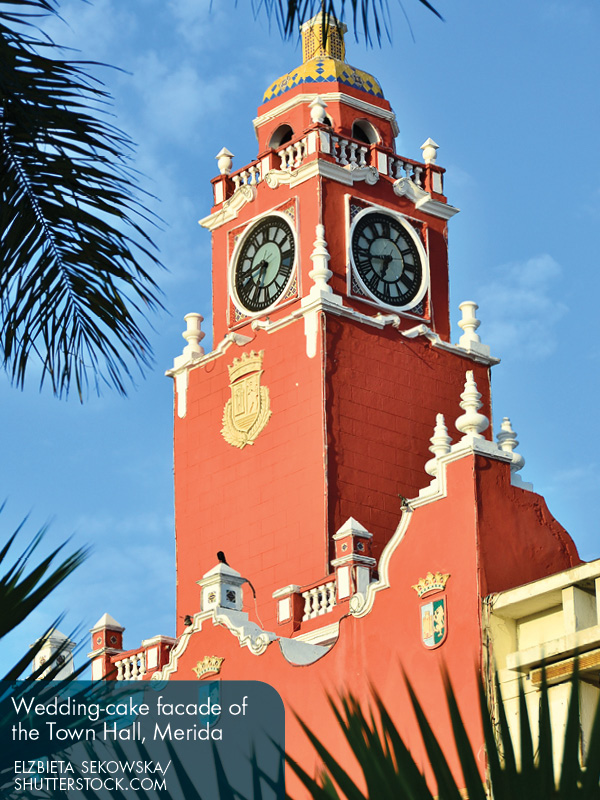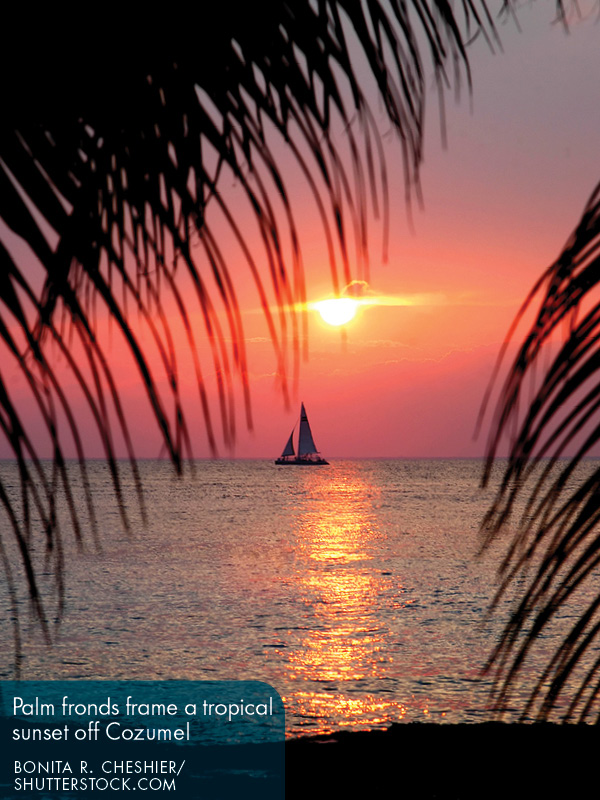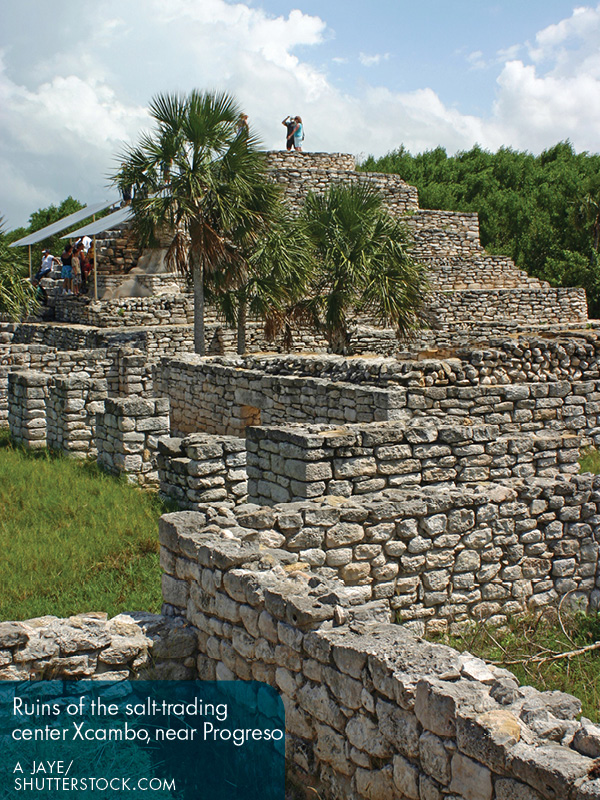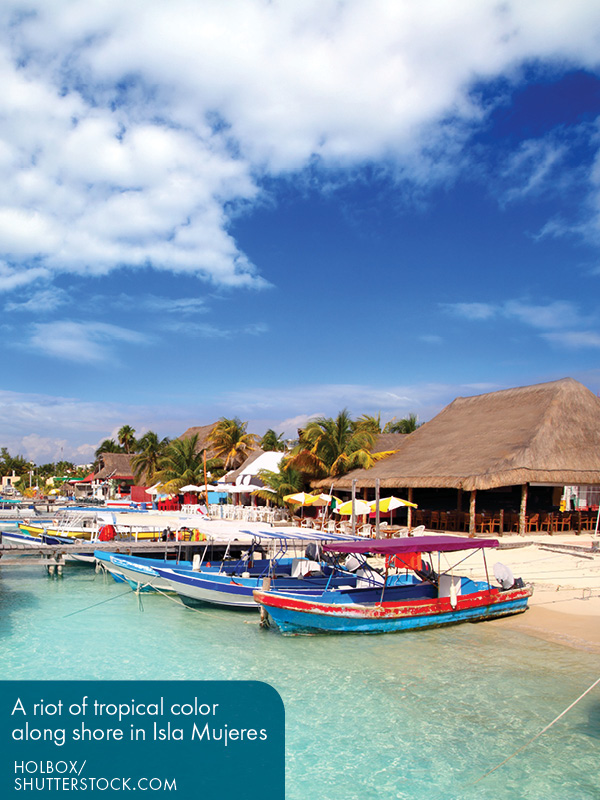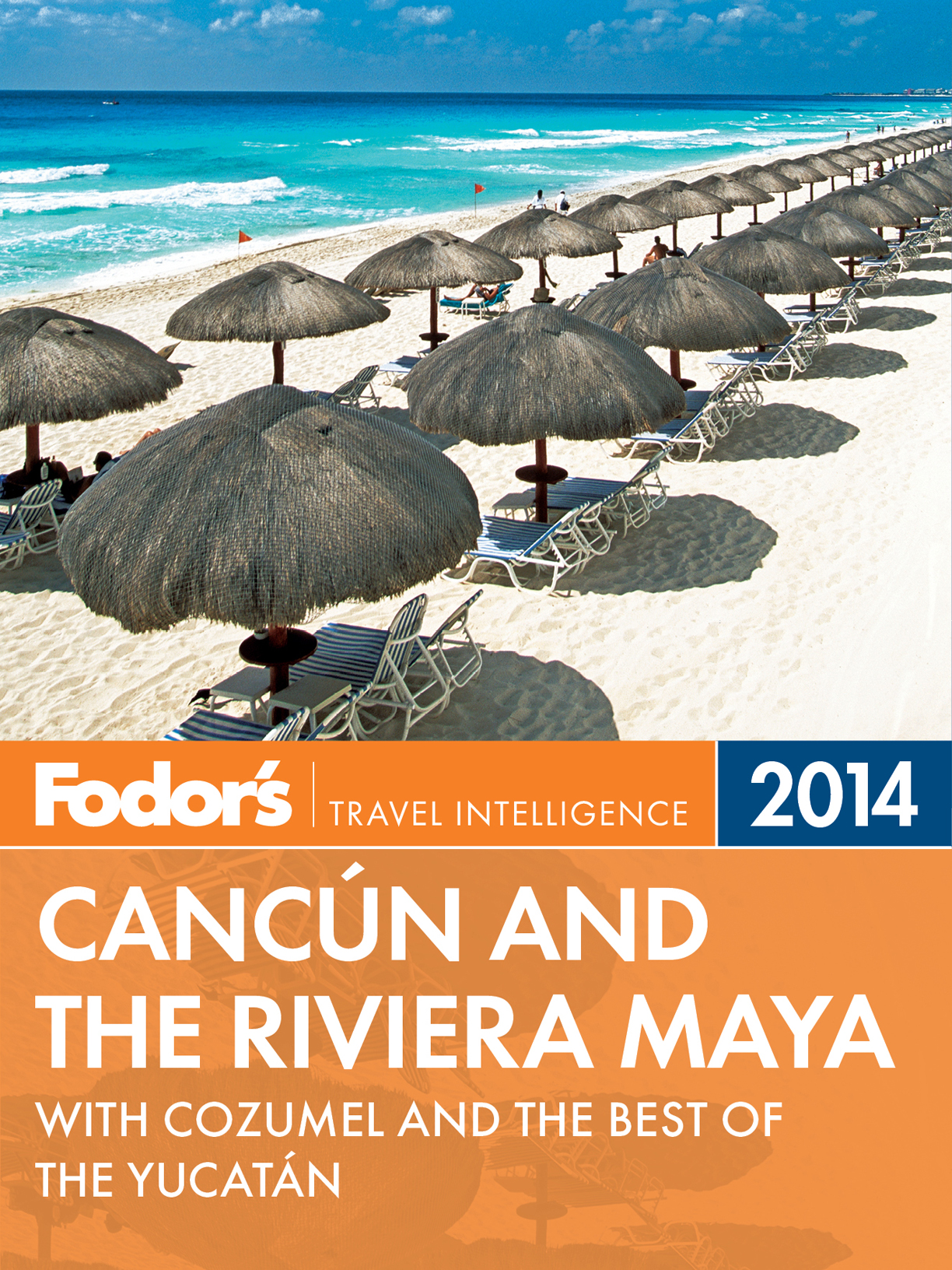
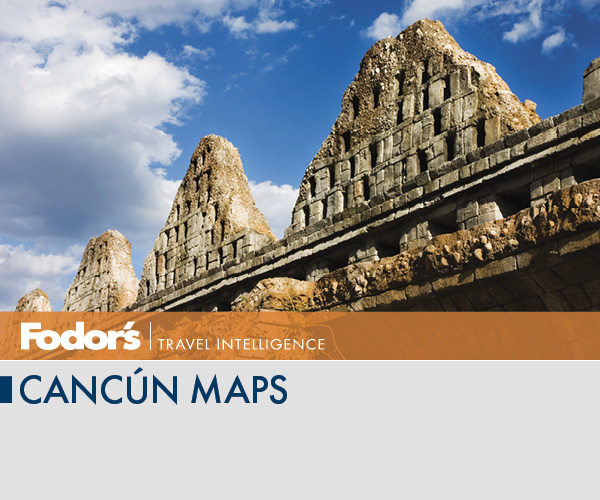
Cancn
Isla Mujeres
The Caribbean Coast
Cozumel
Yucatn and Campeche States

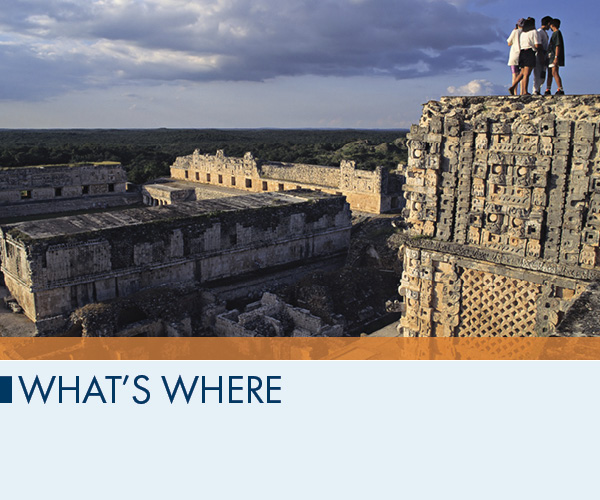
Cancn. As the gateway to Riviera Maya, this thriving beach city is Mexicos most popular tourist destination, with a nightlife that has made it the Spring Break capital of the world. In the beachfront area known as Zona Hotelera, high-rise resorts offer creature comforts. Hotels inland at Cancns downtown El Centro are reasonably priced and will give a more authentic Mexican experience.
Isla Mujeres. A 30-minute jaunt across the water from Cancn, Isla Mujeres is light years away in temperament. This quaint fishing village is made up of dirt roads generally traveled by golf cart, scooter, or bike. Its more laid-back, less crowded, and cheaper than almost anywhere on the mainland.
The Caribbean Coast. The dazzling white sands and glittering blue waters of the Riviera Maya beckon everyone from snorkelers and sunbathers to spa goers and bird-watchers. Although most travelers visit for the sugary beaches, this region also offers the seaside ruins of Tulum, the jungle-clad pyramids of Cob, and the sidewalk cafs of Playa del Carmen. Catering to families are the numerous theme parks, dolphin programs, and hidden cenotes. Some of the best spas in the world are located here.
Cozumel. The island is hugely popular with scuba divers and cruise-ship passengers. Ever since Jacques Cousteau first made Cozumels interconnected series of coral reefs famous in the 1970s, divers and snorkelers have flocked here. Giant ships ferry day-trippers to Cozumel. Avoid the crowds by visiting the islands windward side in search of crumbled monuments to the goddess Ixchel.
Yucatn and Campeche States. Mrida, the capital city of Yucatn State, is the cultural hub of the entire peninsula. Known for its weekend festivals, Mridas restaurants, hotels, shops, and museums bring visitors back year after year. Near the remote north coast, youll find shell-strewn beaches and charming villages. The states major claim to fame, however, is its spectacular Mayan architecture, including sites at Chichn Itz and Uxmal.
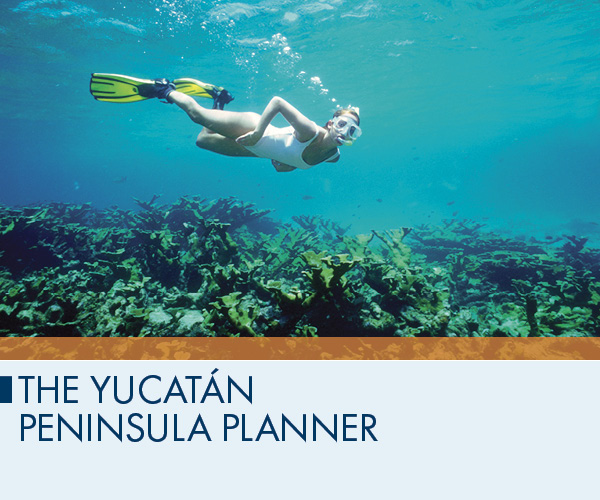
When to Go
High season lasts from late November through the first week in April, with Christmas holiday prices being up to 50% above regular rates. Beach resortsparticularly in Cancntend to fill up with college students during summer months and Spring Break (primarily February and March). You can save between 20% to 50% during low season (the day after Easter to mid-December). The closing months of Spring Break and summer (May and October) still offer plenty of sunshine.
Climate
From November through March, winter temperatures hover around 27C (80F). Occasional winter storms called nortes can bring blustery skies and sharp winds that make air temperatures drop and swimming unappealing. During the spring (especially April and May), theres a period of intense heat that tapers off in June. The hottest months, with temperatures reaching up to 43C (110F), are May, June, and July. The busiest part of Hurricane seasonJuly through the end of Septemberis also hot and humid.
Getting Here
The Yucatn Peninsula has international airports in Cancn, Mrida, and Cozumel. Domestic airports are in Playa del Carmen, Chichn Itz, Isla Holbox, Isla Mujeres, and Mahahual.
Few people travel to the Yucatn Peninsula by car, especially with the risks involved just south of the U.S. border. Those who do so will need a valid drivers license, a temporary car-importation permit, a car registration, a copy of the car title, and an FM-T form.
The most practical way to explore the Yucatn Peninsula is to fly to your region and rent a car for the duration of your stay. The best flight deals, however, are usually arriving and departing from the Cancn airport. Auto insurance is mandatory in Mexico, regardless of what travel-insurance package you have back home.
Getting Around
Compared to other parts of Mexico, the roads in the Yucatn Peninsula are nicely paved. Carretera 307 serves as the coastal route between Cancn and the Belize border, but this stretch of highway is known for its speed traps and large topes (speed bumps). Toll road 180, the four-lane highway from Cancn to Mrida, is nicely paved and has exits at major towns along the way. From Cancn, you can reach Mrida in about five hours, but you will pay close to $40 in tolls, an excellent investment in terms of time and ease of driving. Tolls must be paid in cash in pesos. Regardless of where you drive, be sure to arrive by sunset.
If you are nervous about driving, take a domestic flight to your ultimate destination; Aeromxico and Mexicana travel to most places in Mexico. The cheapest way to get around is by bus. Luxury liners like ADO ( www.ado.com.mx ), Omnibuses de Mexico ( www.odm.com.mx ), and Primera Plus ( www.primeraplus.com.mx ) travel throughout the Yucatn Peninsula. Colectivos (mini-buses) run along Carretera 307 from Cancn to Tulum. Although affordable, traveling by bus means youll have to either walk or organize additional transportation from the bus stop. Taxis will cost you about $20 per hour.
Next page



